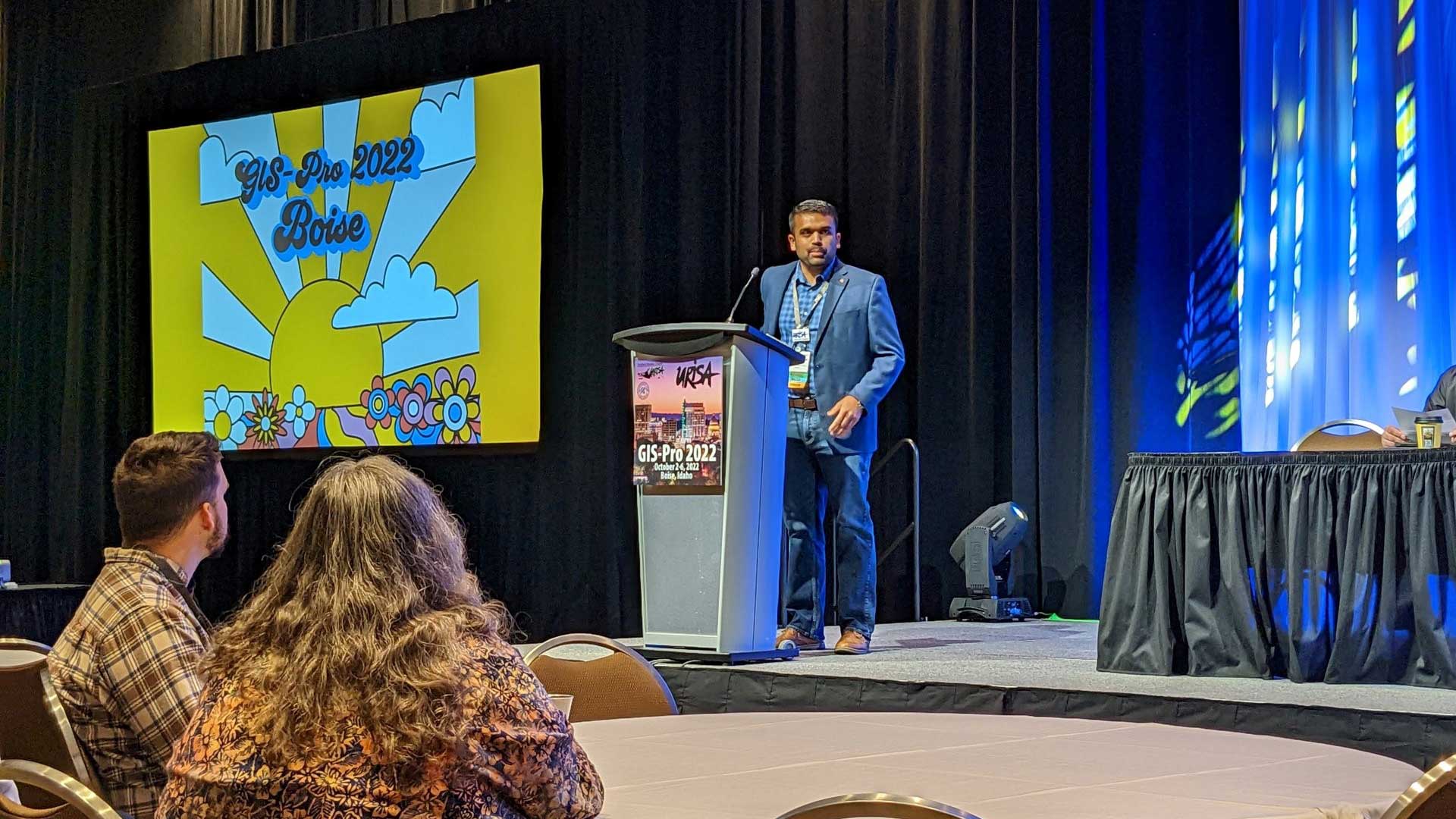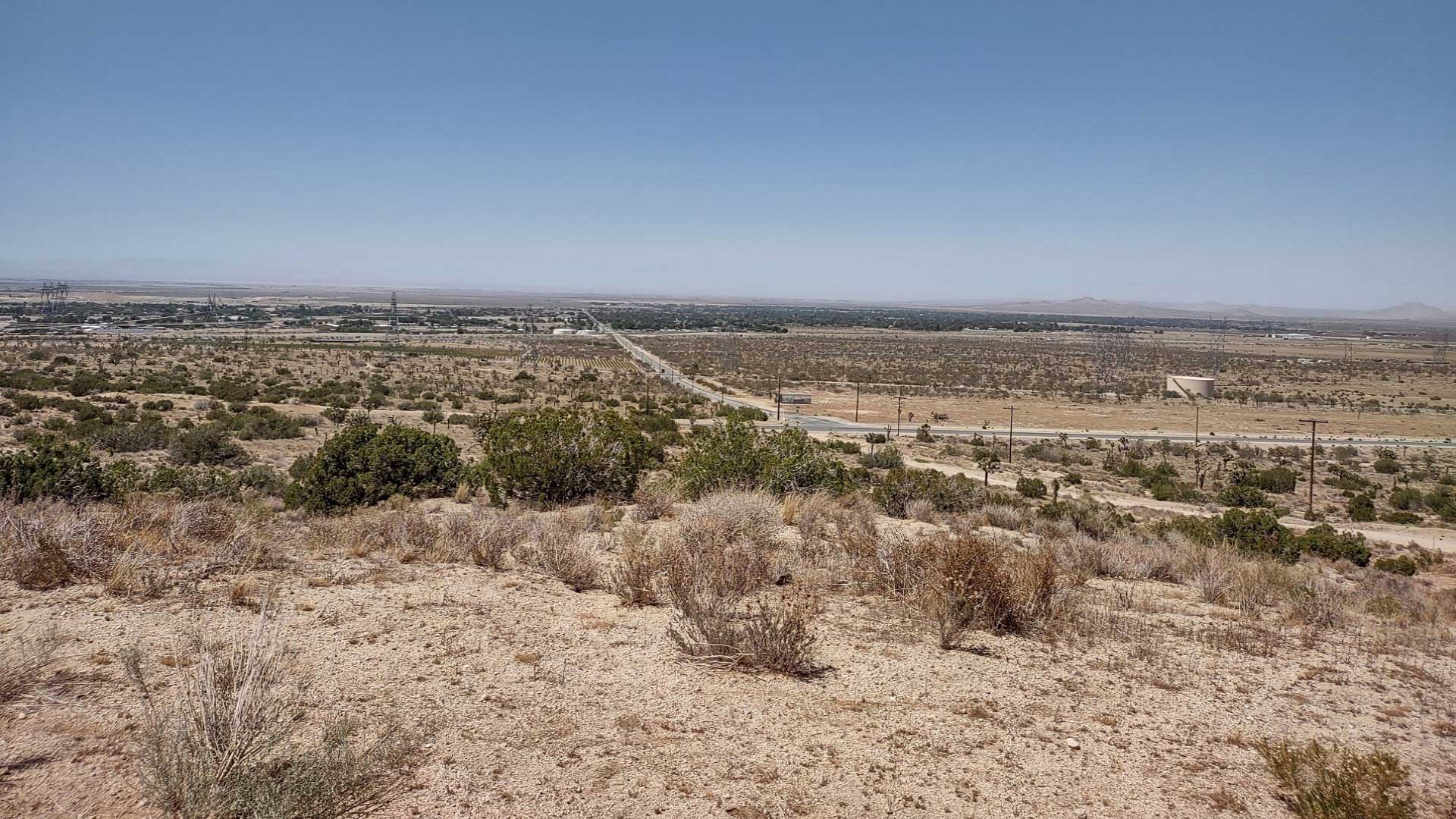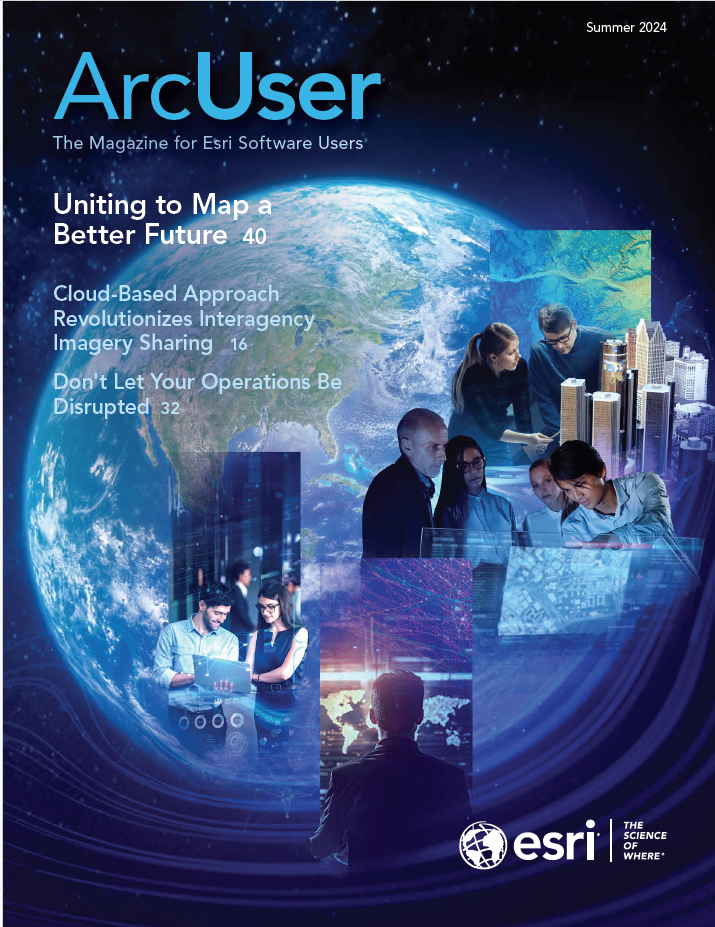Based in Camden, New Jersey, Hopeworks is a blended nonprofit organization and tech business that trains and hires high school students in both Camden and neighboring Philadelphia, Pennsylvania. Its skills development program specializes in GIS and web development. Hopeworks helps students successfully secure high-quality employment in their communities through a combination of tech training and support services.
Several years ago, I was searching for restaurant jobs online with no clear direction, when a friend recommended Hopeworks. This nonprofit social enterprise is dedicated to training young adults in the technology fields that will propel them into living-wage careers.
Before learning more about the Hopeworks program, I was skeptical that I would achieve success. I had always categorized myself as an artistic person and had no inkling of my potential in tech. However, after learning more about how the organization prepares young adults for the working world, I felt as though the door to excelling in the industry had swung open. Hopeworks offers trauma-informed support, real-world experience, and comprehensive technical training.
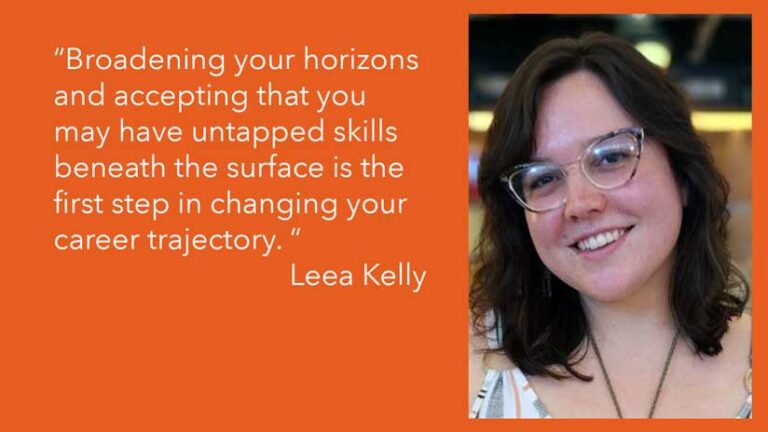
During the training modules at Hopeworks, I was introduced to the intricacies of GIS. To my surprise, what began as a detour from my usual job search turned into a fascination with the capabilities of GIS. However, this transition did not occur immediately. Even after learning about Hopeworks and being invited into the program, I thought my background in art would lead me to the web design team, but GIS took hold instead.
The training process at Hopeworks was both challenging and rewarding. Entering this endeavor with no prior knowledge meant I initially struggled to grasp the technical aspects of GIS. However, with the guidance of dedicated mentors and the support of my peers in the training room, I gradually navigated the complexities of GIS. Some tasks, such as extensive data entry or spreadsheet training, felt tedious, but I was determined to gain a deeper understanding of GIS. Eventually, I looked for additional training opportunities to enhance my skills.
I started to apply my newfound skills in the real world. While working on a project with the Pineland Preservation Alliance, I fell in love with GIS. The project aimed to create outdoor recreational areas in New Jersey where regions with underserved demographics and unused parkland overlapped. Making a tangible impact in my own backyard spurred me to dive headfirst into GIS and the tech industry as a whole.
Starting my career in GIS at Hopeworks has made all the difference in my professional journey. The organization not only opened the door to the industry but also helped me understand its profound impact on communities. For example, in my current position as a traffic data analyst, I utilize GIS to analyze transportation data, such as origin surveys and demographic information from riders. This work allows Hopeworks and its partners to make informed decisions about infrastructure improvements.
Outside of work, I now see GIS everywhere I go—literally. I’ve taken the Southeastern Pennsylvania Transportation Authority (SEPTA) for my entire life. I use the bus tracker religiously. People often don’t give much thought to the inner workings of their local transit app, but the GIS technology used by these apps allows accurate, real-time updates, which is essential for getting the most out of public transit. GIS often goes unnoticed but offers endless career opportunities, especially with programs like Hopeworks to guide aspiring professionals.
Once I knew GIS was the path for me, I had to tackle the challenge of breaking into the field as a young adult by finding a job. Luckily for me, Hopeworks not only offered training and experience with tactical skills, but also helped me develop soft skills like understanding the (often unspoken) intricacies of the job hunt process that can range from choosing an interview outfit to signing an offer letter.
I was actually looking for a different position. This was a position for which I had a little more experience and felt more comfortable with. However, Fred Harris, my coach at Hopeworks, gave me the confidence to apply for both positions. I was certain that due to my background, the hiring manager for the GIS-related position wouldn’t even glance at my résumé.
Yet here I am—two years later—celebrating a promotion at my current company, Delaware Valley Regional Planning Commission (DVRPC). Anything worth doing is going to be a little uncomfortable at first, but enhancing your soft skills can give you the confidence needed to succeed.
How Young Adults Can Break into GIS
What is my number one tip for finding a job in GIS? Don’t count anyone out—including yourself! Broadening your horizons and accepting that you may have untapped skills beneath the surface is the first step in changing your career trajectory.
Young adults like me, who historically do not have an interest in technology, often find this industry intimidating. However, with the right approach and resources, the path becomes clearer and the possibilities more tangible. All you need to do is take that first step. Feeling unsure when exploring a new field is completely normal. It is even expected.
With a field as complex as GIS, young adults need to learn an incredibly useful skill. They need to give themselves room to make mistakes and experience frustration. Once you can accept that you will make errors—and that’s OK—embracing the learning process becomes infinitely easier. That is half the battle.
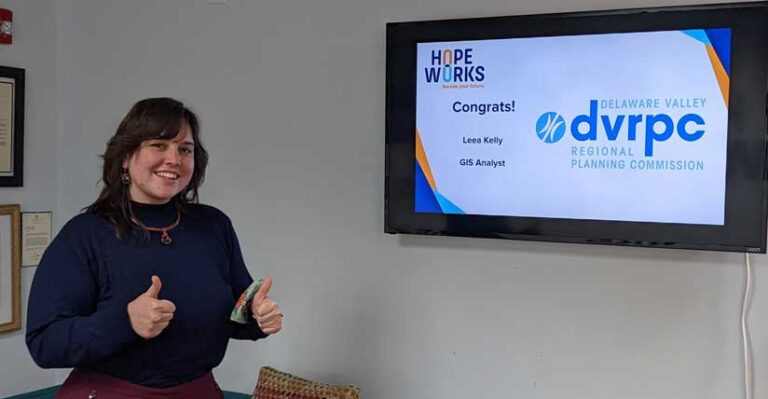
I thought a career in tech would never be in the cards for me, but now I work full-time with GIS. I am a firm believer that with the right team and tools, anyone can conquer previously self-imposed barriers. Getting out of your own way is the hardest part! With determination, guidance, and a willingness to step out of their comfort zone, young adults can unlock the doors to a thriving career in GIS and make meaningful contributions to their communities and beyond.
For more information, contact Gillian Scott at Gillian@redthreadpr.com.
